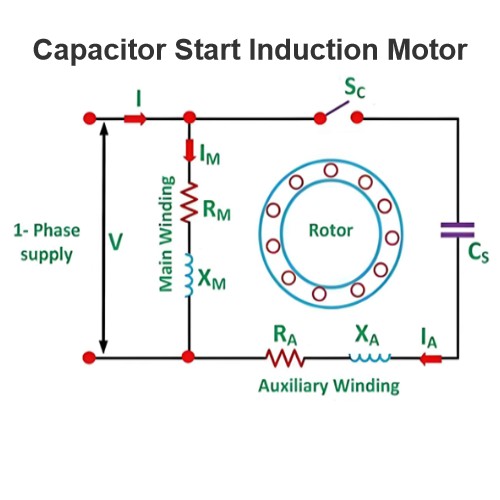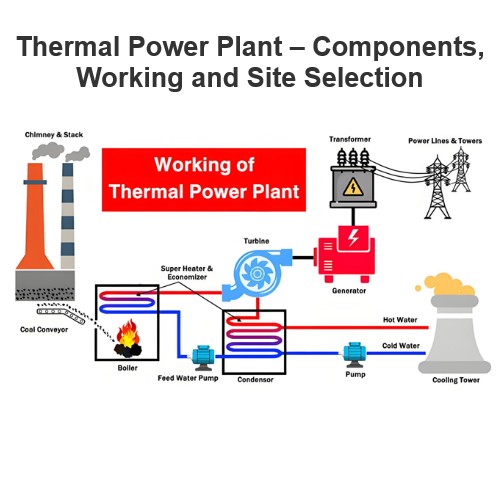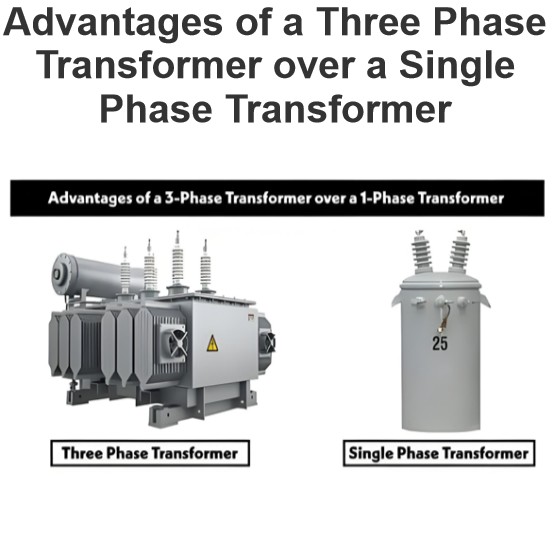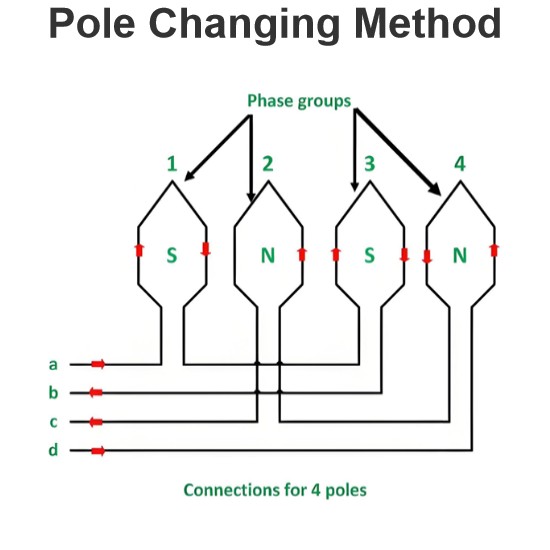Transformers Insulation Materials in Oil-Immersed & Dry Type T/F
Insulation in Oil-Immersed Transformers
In contemporary oil - immersed transformers, the insulation of high - voltage windings follows a widely adopted approach. Typically, the wire is coated with enamel, and kraft paper is inserted between each layer of the winding. This combination provides reliable electrical insulation and mechanical protection for the high - voltage windings, safeguarding them against electrical breakdown and physical damage.
For low - voltage windings, a different insulation strategy is employed. Here, the strip conductors can be left bare, with paper insulation placed between the layers. This method strikes a balance between cost - effectiveness and the necessary insulation requirements for low - voltage applications.
However, the landscape of insulation materials for strap conductors in low - voltage windings is evolving. The traditional practice of wrapping strap conductors with paper is gradually being phased out. Synthetic polymer coatings and wraps made from synthetic cloth are emerging as preferred alternatives. These modern materials offer enhanced durability, better electrical insulation properties, and improved resistance to environmental factors compared to traditional paper insulation.
The incorporation of aluminum wire, strap, and strip conductors, along with enamel coatings, has presented unique challenges to distribution transformer manufacturers. Aluminum has a distinctive property: when exposed to air, it spontaneously forms an insulating oxide layer on its surface. This self - formed oxide coating can impede electrical conductivity. As a result, whenever electrical connections need to be established using aluminum conductors, manufacturers must devise effective methods to either remove this oxide layer or prevent its formation at the connection points. This requires careful material selection, precise manufacturing processes, and strict quality control measures to ensure the reliable operation of distribution transformers with aluminum - based components.
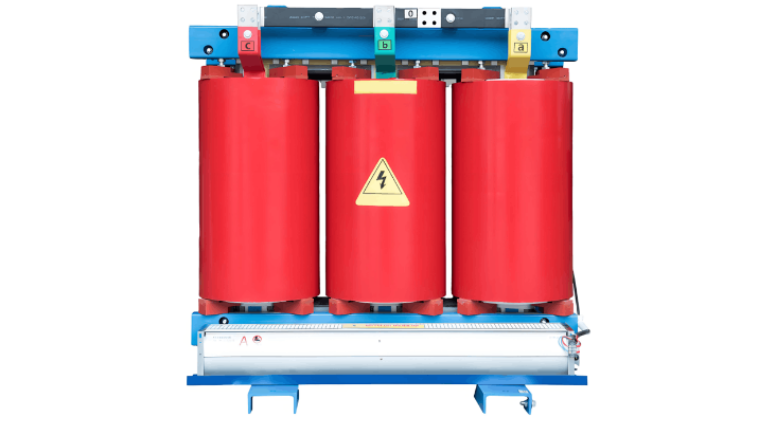
Challenges and Solutions with Aluminum Conductors in Transformers, and Insulation in Dry-Type Transformers
Challenges and Handling of Aluminum Conductors in Oil-Immersed Transformers
Furthermore, electrical - conductor - grade aluminum possesses a notably soft texture. When mechanical clamping is applied, it is highly susceptible to issues such as cold flow and differential expansion. Cold flow refers to the slow deformation of the soft aluminum under mechanical stress over time, while differential expansion occurs when aluminum expands or contracts at a different rate than other components in the assembly, potentially leading to loose connections or mechanical failures.
To address the connectivity needs of aluminum wires, several specialized splicing methods have been developed. Soldering can be used, although it requires specific soldering techniques and fluxes to ensure a good bond. Another common approach is crimping, which involves using special crimps. These crimps are designed to penetrate both the enamel coating on the wire and the naturally formed oxide layer on the aluminum surface. By doing so, they establish a reliable electrical connection. Additionally, they seal off the contact areas from oxygen, preventing further oxidation and ensuring the long - term integrity of the connection.
For aluminum strap or strip conductors, TIG (tungsten inert gas) welding offers an effective joining solution. This welding process uses a non - consumable tungsten electrode and an inert gas shield to create a high - quality, strong bond between the aluminum components. Moreover, aluminum strips can also be joined to other copper or aluminum connectors through cold welding or crimping techniques. Cold welding, in particular, creates a solid - state bond without the need for melting the materials, which is beneficial for maintaining the mechanical and electrical properties of the conductors. Even for making bolted connections to soft aluminum, as long as the joint area is meticulously cleaned to remove any oxide or contaminants, a secure and electrically conductive connection can be achieved.
Insulation Materials in Dry - Type Transformers
In the realm of dry - type transformers, a standard practice is to apply a protective seal or coating to the windings using resin or varnish. This serves as a safeguard against various adverse environmental factors, such as moisture, dust, and corrosive gases, all of which can gradually degrade the insulation properties of the transformer windings and compromise the overall performance and lifespan of the transformer.
The insulating media utilized for the primary and secondary windings of dry - type transformers can be classified into the following distinct categories:
Cast Coil: In this type, the winding is embedded in a cast resin, which provides a robust and durable insulation structure. The cast resin not only encapsulates the conductors but also offers excellent mechanical strength and electrical insulation, making it suitable for applications where high reliability and protection are required.
Vacuum - Pressure Encapsulated: This method involves encapsulating the windings under vacuum - pressure conditions. By removing air and other contaminants from the insulation process, it ensures a more uniform and void - free insulation layer, enhancing the electrical and thermal performance of the transformer.
Vacuum - Pressure Impregnated: Here, the windings are immersed in an insulating resin under vacuum - pressure. This process allows the resin to penetrate deeply into the winding structure, filling all the gaps and pores. As a result, it provides enhanced insulation and heat - dissipation capabilities, contributing to the efficient operation of the transformer.
Coated: Simple coating techniques involve applying a layer of insulating material, such as varnish or a specialized coating compound, directly onto the windings. This type of insulation is relatively straightforward and cost - effective, suitable for applications where less stringent insulation requirements are needed.
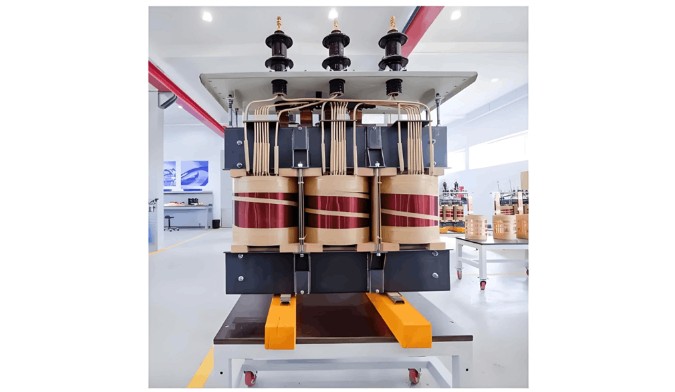
Cast Coil
In the cast coil insulation method, the winding is first reinforced as needed or positioned within a mold. Then, it is cast in resin under vacuum - pressure conditions. This process offers several significant advantages. Since the winding is fully encased in solid insulation, it effectively reduces sound levels during operation. Additionally, the vacuum - pressure casting process fills the winding with resin, completely eliminating any voids. These voids, if present, could lead to corona discharge, which can degrade the insulation and cause electrical problems over time. With its solid insulation system, the cast coil winding boasts exceptional mechanical strength, enabling it to withstand mechanical stresses. It also has remarkable short - circuit strength, ensuring reliable performance during electrical faults. Moreover, this type of winding is highly resistant to moisture and contaminants, safeguarding the transformer's internal components and extending its lifespan.
Vacuum - Pressure Encapsulated
For the vacuum - pressure encapsulated insulation, the winding is embedded in resin under vacuum - pressure. Similar to the cast coil process, encapsulating the winding with resin in this way effectively removes any voids that might otherwise give rise to corona. As a result, the winding benefits from excellent mechanical strength, allowing it to endure mechanical shocks and vibrations. It also exhibits high short - circuit strength, ensuring stable operation during abnormal electrical conditions. This insulation method provides robust protection against moisture ingress and the intrusion of contaminants, maintaining the integrity of the winding and the overall performance of the transformer.
Vacuum - Pressure Impregnated
In the vacuum - pressure impregnated insulation technique, the winding is permeated with varnish under vacuum - pressure. The impregnation process coats the winding thoroughly, creating a protective layer that shields it from moisture and contaminants. This helps to preserve the electrical and mechanical properties of the winding, ensuring reliable operation of the transformer in various environmental conditions. Although the level of protection might be relatively less comprehensive compared to some other methods, it still offers sufficient safeguarding for many applications.
Coated
The coated insulation approach involves dipping the winding in varnish or resin. A coated winding provides a basic level of protection against moisture and contaminants, making it suitable for use in moderate environments where the risk of exposure to harsh elements is relatively low. While it may not offer the same level of protection as more elaborate insulation methods, it is a cost - effective and straightforward solution for applications with less demanding insulation requirements.
The Electricity Encyclopedia is dedicated to accelerating the dissemination and application of electricity knowledge and adding impetus to the development and innovation of the electricity industry.

